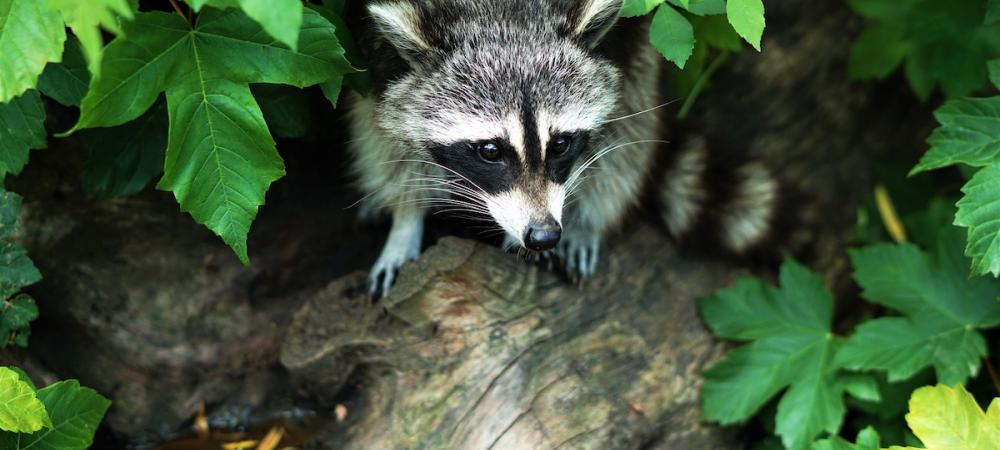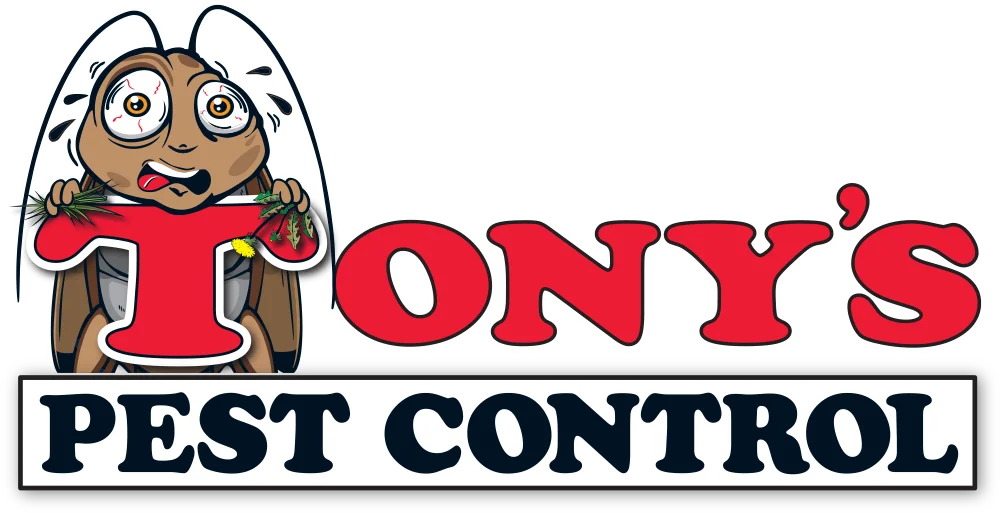
How Do Wild Animals Get Into Homes
Wild animals often find creative ways to enter your home, seeking warmth, shelter, and food. Recognizing the entry points and understanding their behavior can help protect your home from infestations. Below, we explore how animals gain access to your house and what you can do to prevent it.
Key Takeaways
- Wild animals enter homes seeking warmth, food, and shelter.
- Common entry points include chimneys, roof vents, cracks, siding damage, plumbing gaps, and open windows or doors.
- Signs of wildlife indoors include droppings, odors, holes, grease marks, noise, and odd pet behavior.
- Frequent intruders in Florida include mice, rats, raccoons, snakes, opossums, and armadillos.
- Prevention relies on exclusion work, sealing entry points, trimming trees, and securing food and garbage.
Common Entry Points for Animals in the House
Wild animals and their homes often overlap with ours when they find vulnerabilities in the structure. Here are some common entry points:
- Chimneys: Often mistaken as hollow trees by raccoons or squirrels.
- Roof Vents: These provide easy access to attics.
- Small Gaps or Cracks: Even a half-inch gap can be an entryway for rodents.
- Holes in Shingles or Siding: Damage to the exterior can be exploited by animals.
- Holes Underneath Your House: Ideal for snakes, opossums, or armadillos.
- Natural Openings: Doors and windows left ajar or without screens.
Wild animals see your home as a safe haven, offering the perfect habitat. Spaces like attics, basements, garages, and walls provide shelter, especially if food sources are nearby. However, having a wild animal in your house can lead to structural damage and health risks from diseases like Salmonella, Hantavirus, and Tularemia.
Signs of Animals Inside the House
If you suspect that a wild animal has found their way into your house, keep an eye out for the following signs:
- A strong, unexplainable odor: If a rodent dies inside your wall, the smell will be unavoidable. The smell of urine is also a strong indicator of a hiding rodent.
- Odd pet behavior: If you have a pet, they will likely sense the presence of wildlife in your home.
- Droppings: Rodent droppings are one of the most common signs of an infestation. Make sure you wear gloves and a mask while cleaning up wildlife droppings because they can carry dangerous diseases.
- Holes: If you notice any holes or gaps in the structure of your home or walls, it may have been caused by a rodent trying to enter.
- Grease marks: When rodents squeeze through small gaps or holes, the oil on their fur can create grease marks on surfaces that they come in contact with.
- Noise: Wildlife and rodents are typically active at night. If you hear scratches from your attic or inside your walls, you likely have a rodent infestation.
Animals That Can Get Into Your House
Our professional exterminators have compiled a list of common rodents and backyard animals they encounter in Florida. Understanding how wild animals are entering your house is a critical step for keeping them out in the future. Here are the most common animals that can get into your house.
Mice and Rats
Mice are capable of fitting through extremely small openings in floors, walls, and foundations. After they enter homes, they can be extremely difficult to get rid of. Mice may also enter the home through gaps in windows or ceilings, as well as around sewer lines. If drainage pipes are not properly sealed, mice may enter homes through sink or bathtub drains. They are known to find their way inside via entry holes around plumbing and oven gas lines.
Raccoons
Raccoons possess impressive abilities to squeeze into small spaces, allowing them to infiltrate attics through various entry points. Among their preferred access areas are the junctures where eaves converge with the roof structure, such as dormers or architectural bends that bring different sections of the roof together. Additionally, raccoons frequently exploit vulnerable spots like soffit vents, gable vents, and other roof vents to gain entry. Remarkably, these flexible creatures are even capable of tearing through shingles and wooden roofs, demonstrating their remarkable strength as they breach the attic.
Snakes
Snakes usually enter at ground level through gaps or cracks. These openings can be remarkably small and are created by careless construction, settling of the structure, or by other animals. If you can see daylight through a gap, a snake could use that space to access your building.
Opossums and Armadillos
Other wild animals tend to use the variety of entry options described above. We often find opossums in attics, crawl spaces, decks, porches, and outbuildings like tool sheds. They will tear loose vents and rip holes in shingles or siding.
What to Do If You Hear an Animal in Your Wall
Hearing noises in your walls can be alarming. Here are steps to take:
- Identify the Source: Listen for scratching or scurrying sounds.
- Inspect for Entry Points: Look for gaps or holes near the suspected area.
- Call a Professional: Wildlife control experts can safely remove animals and seal entry points.
How To Prevent Wildlife from Entering Your House
Dealing with an animal infestation in your house can be extremely stressful. The best way to prevent this from happening is by taking precautions around your home to make sure these animals can’t get in. While the most successful form of wildlife and rodent control is exclusion work to ensure that your home is sealed safely to ward off potential pests, there are some additional steps you can take to prevent wildlife from entering your house. These include:
- Making sure not to leave any food (pet or otherwise) around the perimeter of your house where wild animals can access it.
- Having locking mechanisms on garbage cans. Places near easily accessible food are where animals want to nest.
- Cutting all trees and tree branches near the roof and keeping them at least a few yards away.
- Taking measures to protect your plumbing areas. The openings around your plumbing pipes should be sealed so there’s a barrier between your home and wildlife.
- Sealing any gaps or holes in the walls and structure of your home. These points are where insects, snakes, and small mice could enter.
While some wild animals seek shelter and food by making a nest in your home, others may want to escape quickly. Regardless of their intentions, it’s crucial to address a rodent or wildlife infestation promptly to prevent further issues, such as animals giving birth or dying inside your walls. If you suspect animals in your house, such as rodents or raccoons, it’s essential to act swiftly. Wild animals and their homes can cause significant damage to your property, and they may carry dangerous diseases.
Don’t hesitate to contact the professionals at Tony's Pest Control if you hear an animal in your wall or notice signs of an infestation. Our highly trained rodent control team specializes in safely removing animals inside the house while ensuring the well-being of you and your family. Whether you’re dealing with animals that live in your house, a wild animal in your house, or even animals around the house trying to gain entry, we’ve got you covered. Explore our expert rodent control in Fort Myers, Cape Coral, Punta Gorda, Lehigh Acres, and the surrounding areas to protect your home from unwanted animal guests.
Frequently Asked Questions
How Did a Squirrel Get Into My Basement?
Squirrels are among the many animals that can get into your house, often through cracks or holes in your foundation. These small critters can squeeze through even the tiniest openings, making it crucial to inspect your home's foundation thoroughly. Don’t overlook any cracks you find, as these could be potential entry points for wild animals and their homes.
Can Raccoons Break Through the Ceiling?
Yes, raccoons can break through ceilings, though this is more common in buildings with drop ceiling tiles or pre-existing damage. Water damage, multiple raccoons nesting together, or urine buildup over time can weaken the structure, eventually causing the ceiling to collapse. If you suspect a wild animal in your house, addressing the issue promptly can prevent extensive damage to your home of animals.
How Do Animals Get Into My Attic?
Wild animals often see attics as the perfect shelter. Animals get into your attic through small holes in the exterior of your house. While these holes might appear harmless, animals in the house like rats and mice can squeeze through openings as small as 0.5 inches in diameter. Overhanging tree branches provide easy access for wild animals to climb up and find their way inside. Ensuring your home is properly sealed and trimming nearby trees are essential steps to prevent wild animals and their homes from invading your attic.
How Do I Get Rid of Animals Under My House?
If you discover animals under your house, such as rodents or larger wildlife, you might try using one-way exclusion devices or creating an escape route for the animal in your house. However, these methods can be challenging and are not always effective. Professional assistance ensures humane animal removal while safeguarding your property. Remember, the sooner you act, the less likely it is that wild animals inside the house will cause further damage or establish permanent animal homes.
What to Do If You Hear an Animal in Your Wall
Hearing scratching or movement in your walls is often a sign of animals around the house looking for shelter. These sounds could indicate a wild animal in the house, such as a rat or mouse. It’s essential to locate the entry point and address the issue quickly to prevent further intrusion. For effective and humane removal, it’s best to contact a professional who specializes in dealing with wild animals and their homes.
